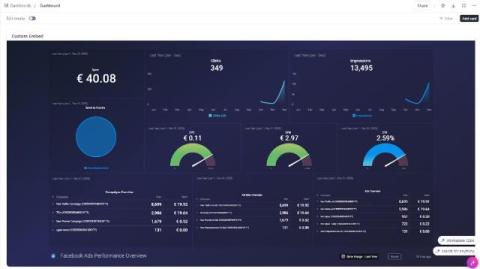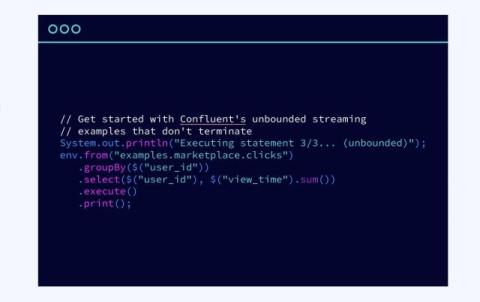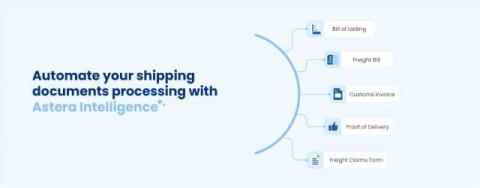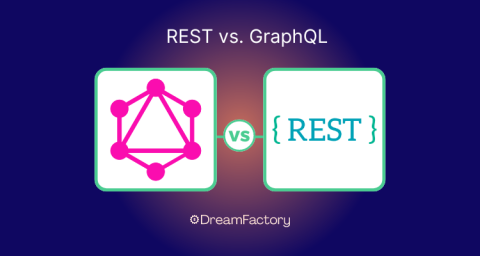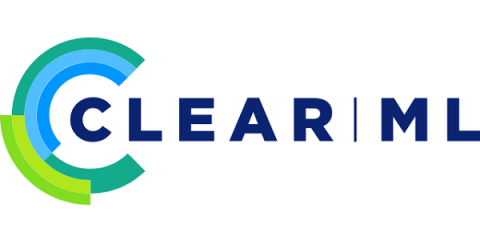Navigating the European Accessibility Act and Compliance with Linux Foundation's AmyJune Hineline
What does accessibility mean for your business, and how can you prepare for the upcoming changes? In this episode, Jason Baum and Marcus Merrell are joined by AmyJune Hineline from the Linux Foundation to discuss the upcoming European Accessibility Act and how it will shape the future of digital products. With the deadline approaching in 2025, they cover what steps companies should take to ensure their platforms are accessible to everyone.





